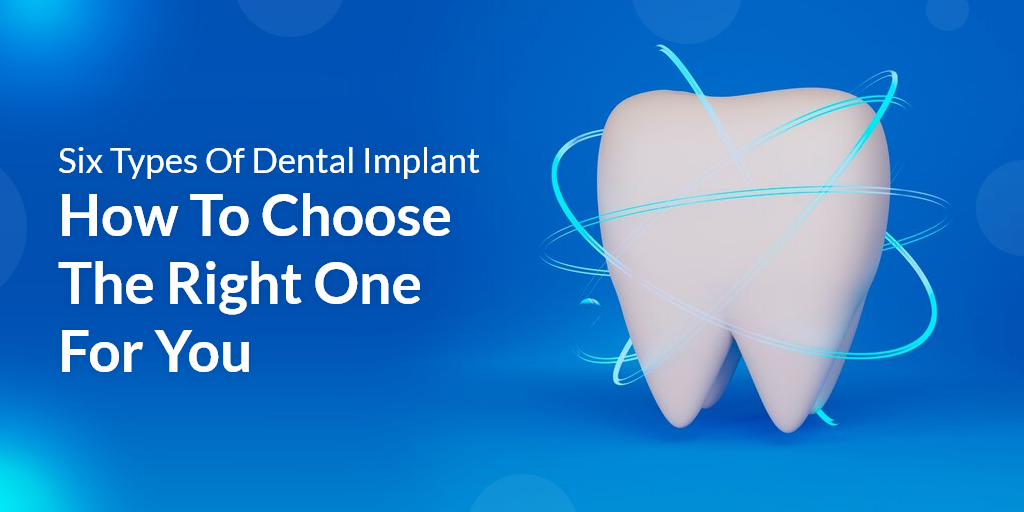Losing a tooth, whether due to an accident, decay, or aging, can be a daunting experience. However, with advancements in dentistry, there are now reliable solutions to address this issue. One of the most sought-after remedies is dental implants. Understanding the various dental implant types available is the first step in determining which will be the best solution for restoring your smile.
Understanding Dental Implants
Before delving into the different types, it’s beneficial to grasp what dental implants are. Essentially, they are artificial tooth roots made of titanium or other biocompatible materials, implanted into the jawbone to support a replacement tooth or bridge. Given their stability and natural look, they have become the gold standard for tooth replacement.
The Six Main Dental Implant Types:
- Endosteal Implants
Endosteal implants, the predominant type, resemble screws, plates, or cylindrical shapes. They’re positioned straight into the jawbone. After the adjacent gum tissue recovers, an additional procedure attaches a post to the implant, where the replacement tooth or teeth are then affixed.
- Subperiosteal Implants
Subperiosteal implants sit beneath the gumline and atop the jawbone. They’re typically selected for individuals lacking sufficient natural jawbone and those hesitant about procedures to reconstruct it.
- Immediate Load Dental Implants
Often referred to as same-day implants, these permit the provisional setting of the substitute tooth on the same day the implant is positioned. They’re an attractive option for individuals who have enough natural bone and an implant secure enough to handle immediate placement and pressure.
- Mini Dental Implants (MDIs)
MDIs, slimmer than many other implant varieties, frequently anchor lower dentures. Their placement involves milder techniques, making them ideal for cases requiring a more compact implant in tighter spaces.
- All-on-4 Implants
The All-on-4 technique positions four implants into the existing bone, eliminating bone grafting requirements. Unique connectors are utilized, enabling the immediate fitting of a provisional set of replacement teeth. As time progresses, the bone naturally fuses with the implant.
- Zygomatic Implants
The most complex type, zygomatic implants, are longer than conventional implants and are placed in the cheekbone rather than the jawbone. It’s an option considered for those who don’t have enough jawbone for the traditional method and are not keen on undergoing bone grafting.
Factors to Consider When Choosing a Dental Implant Type
Your dental health, the amount of available jawbone, the location of the missing tooth or teeth, and your overall health are all crucial factors in determining the right implant type. A consultation with a dental professional is vital as they can assess your specific situation and provide guidance on the most suitable implant type.
It’s essential to remember that dental implants require a commitment to thorough oral care and regular dental visits. Though the implant itself cannot decay, the surrounding tissues can become inflamed or infected without proper care.
Building the Foundation for a Radiant Smile
Choosing the right type of dental implant is instrumental in ensuring you achieve a successful, lasting, and satisfying result. With the wide variety available, each individual can find a solution tailored to their unique needs. Trust in the expertise of dental professionals, combined with an understanding of the options, will pave the way for a restored and radiant smile.
